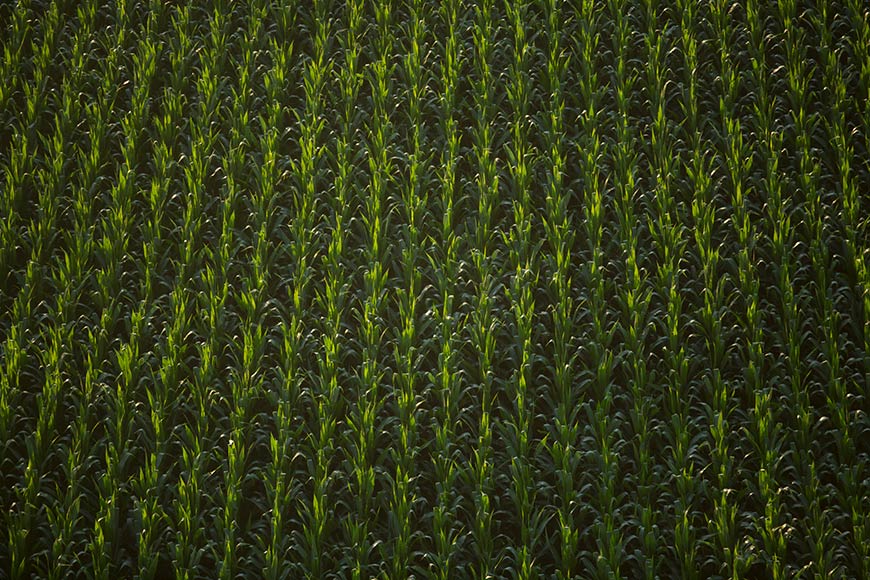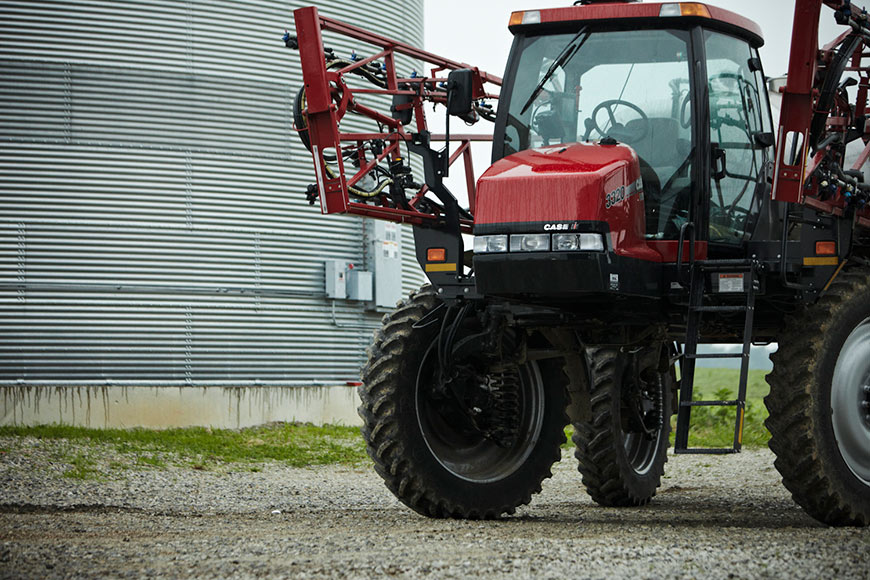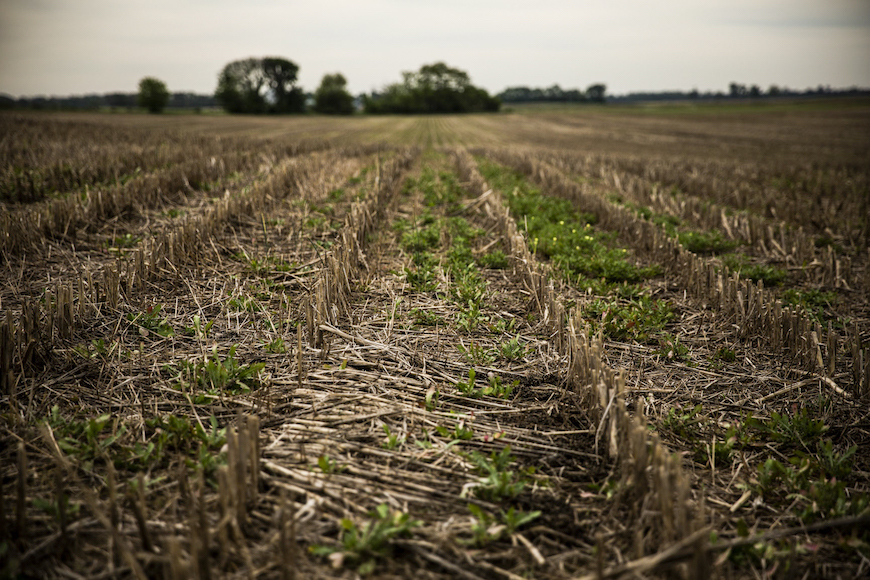Protect Late-Planted Crops From Disease

For many growers, wet conditions in May and June led to a much later start than desired. For example, here in Wisconsin, corn and soybeans are about two weeks behind their normal maturity for this time of year. Besides pushing the season back, this combination of late planting and unseasonably cool, wet conditions early in the season may make crops more susceptible to disease this year. Here are three tips to help protect your fields and limit opportunities for disease to harm yield potential.
Another benefit of fungicides on late-planted corn is that they can help maintain stalk integrity later into the season, which could be beneficial if harvest is delayed this year. If you aren’t able to apply fungicides on all your acres, I recommend prioritizing those without a fungicide application for harvest first.
There’s still plenty of growing season left to maximize yield potential. Don’t let disease limit your efforts. Continue to scout fields and use data and technology tools to keep fields clean until harvest. Speak with your locally owned and operated WinField United retailer to learn about product options that are a good fit for your acres.
Plan a fungicide application on late-planted crops
You might question whether fungicide applications are a good investment on late-planted corn. Some farmers are concerned about the potential for slower crop drydown in fields with fungicide applications. While fungicides do tend to help plants maintain green leaf tissue later into the season, they are still a smart investment, especially on late-planted corn. When diseases infect plants early in their development, as they tend to in late-planted corn, the potential for yield loss can be significant. You can help mitigate the risk of disease pressure by preventively applying a fungicide around tasseling time in corn, or potentially earlier if disease pressure is aggressive. Use response-to-fungicide scores to identify your most susceptible hybrids and plan your fungicide applications accordingly.Another benefit of fungicides on late-planted corn is that they can help maintain stalk integrity later into the season, which could be beneficial if harvest is delayed this year. If you aren’t able to apply fungicides on all your acres, I recommend prioritizing those without a fungicide application for harvest first.
Pair an adjuvant to improve fungicide performance on late-planted crops
If you’re already planning to spray a fungicide on your acres, adding an adjuvant, like MasterLock®, can help get more fungicide active ingredient deeper into the crop’s canopy for more effective disease control. MasterLock is an excellent option if you plan to apply fungicide to fields that have varying growth stages because it is formulated without NPE, which is the component that can result in arrested ear development when applied prior to tasseling.Use technology tools to guide in-season management
Crop modeling tools, including the R7® Field Forecasting Tool (FFT), can use near- and long-term weather forecasts to estimate crop stages and development. This can be incredibly important for timing fungicide applications and predicting crop maturity. If you switched to shorter-maturity hybrids that you’re not accustomed to planting, the FFT can help you set harvest expectations and run scenarios to help you gauge your crop’s ROI potential.There’s still plenty of growing season left to maximize yield potential. Don’t let disease limit your efforts. Continue to scout fields and use data and technology tools to keep fields clean until harvest. Speak with your locally owned and operated WinField United retailer to learn about product options that are a good fit for your acres.




